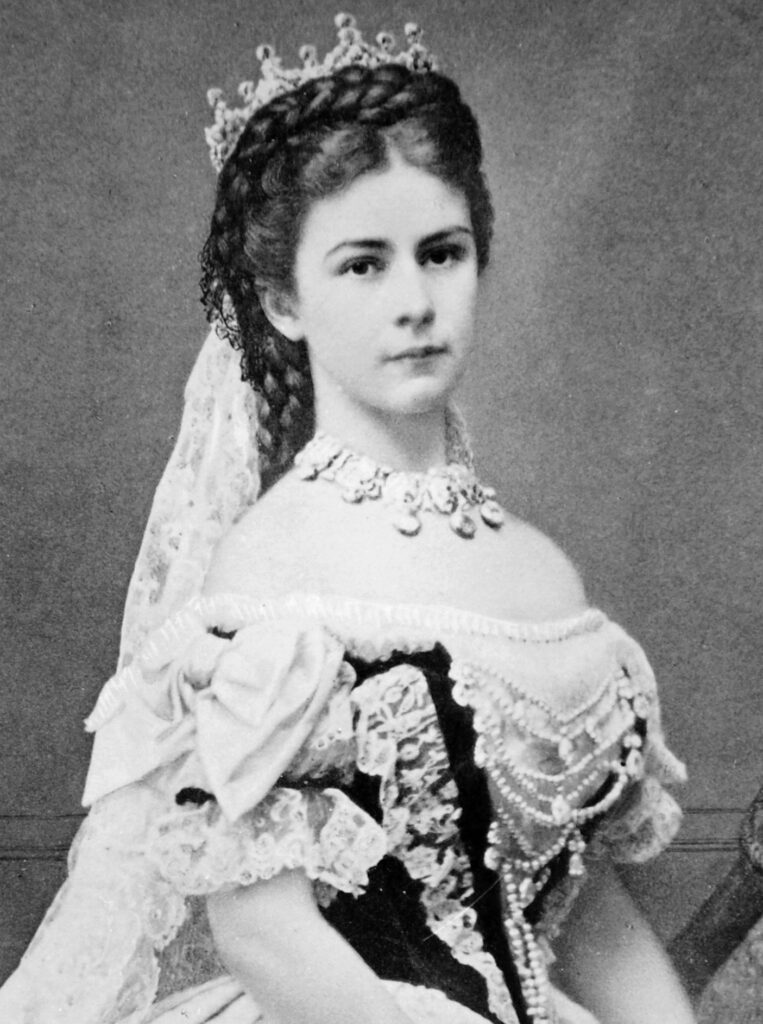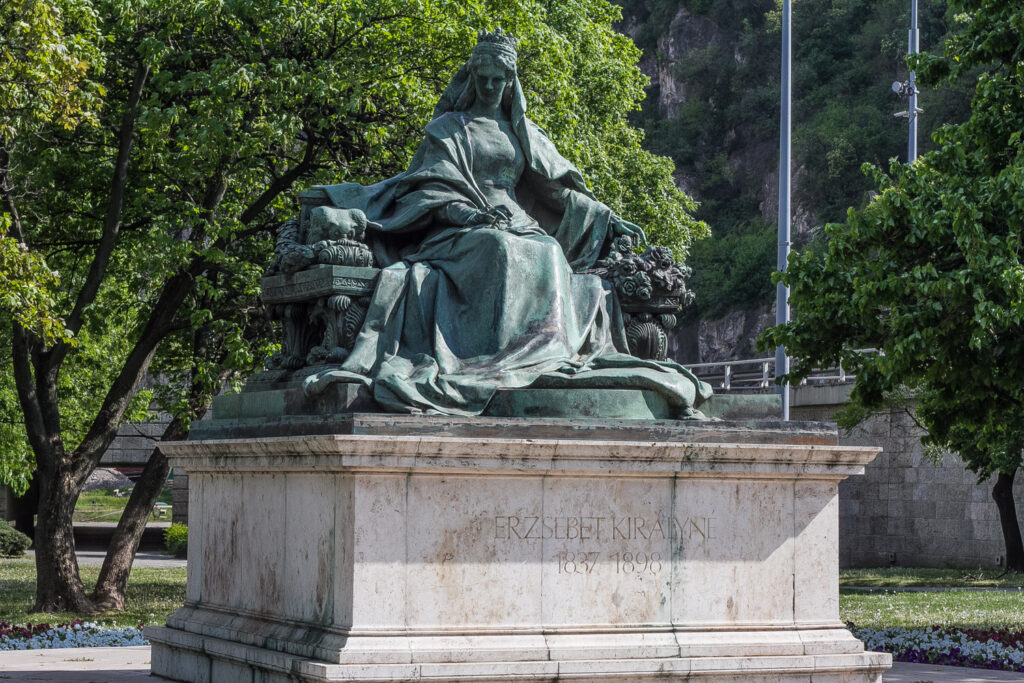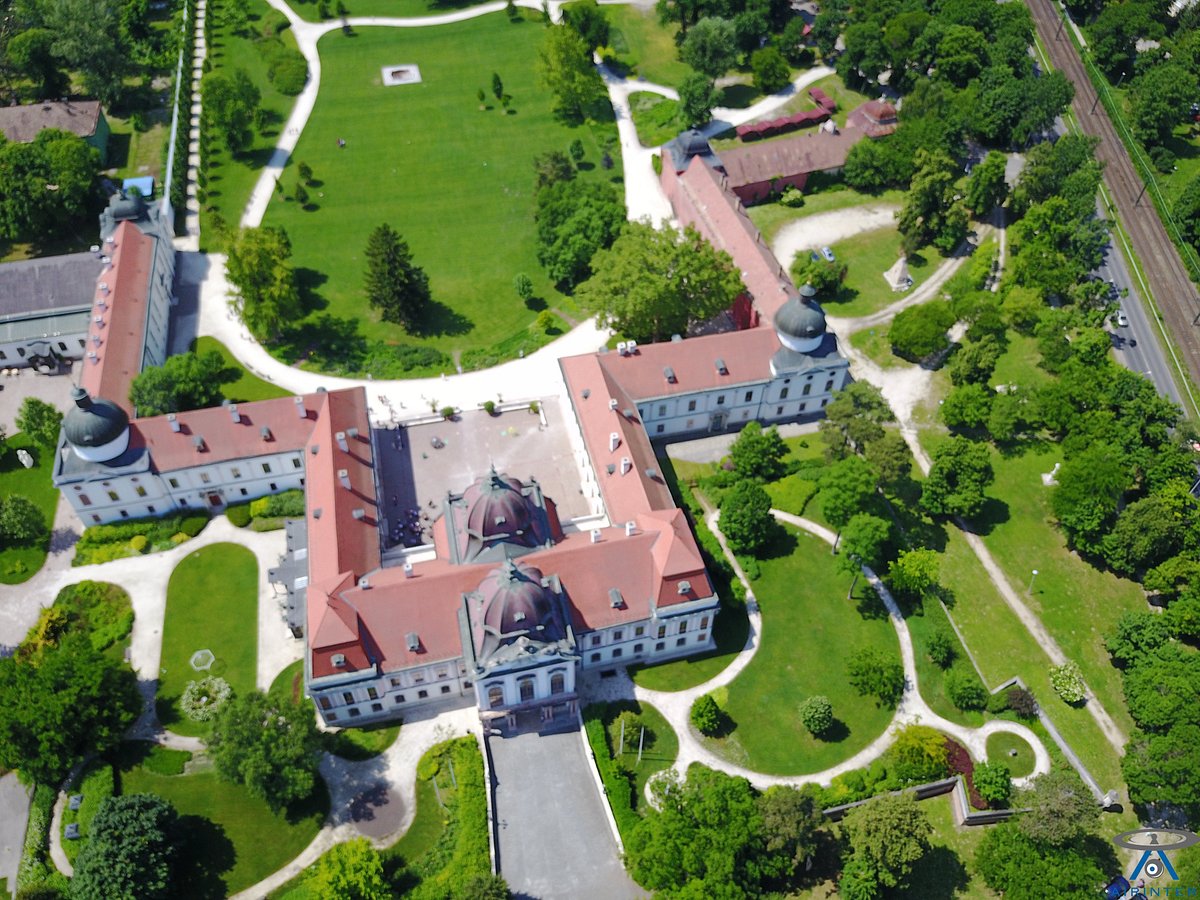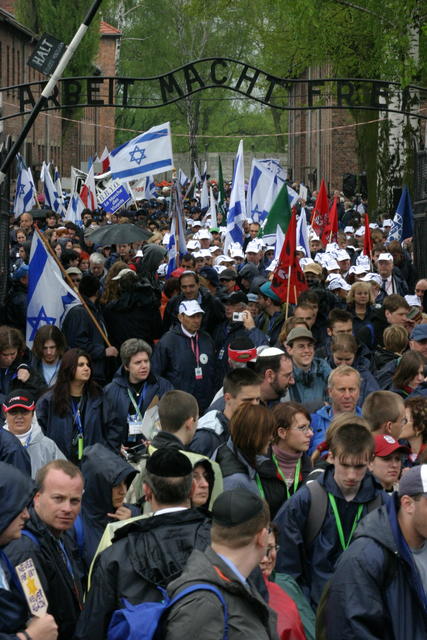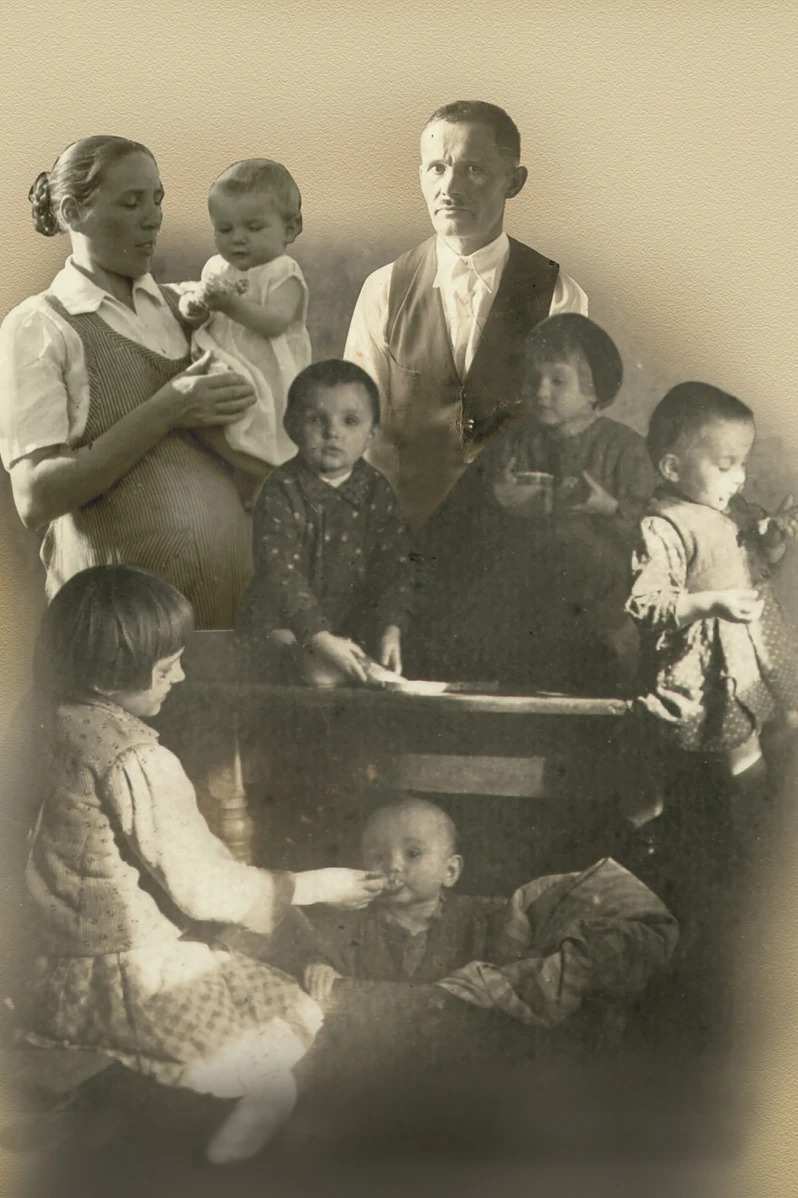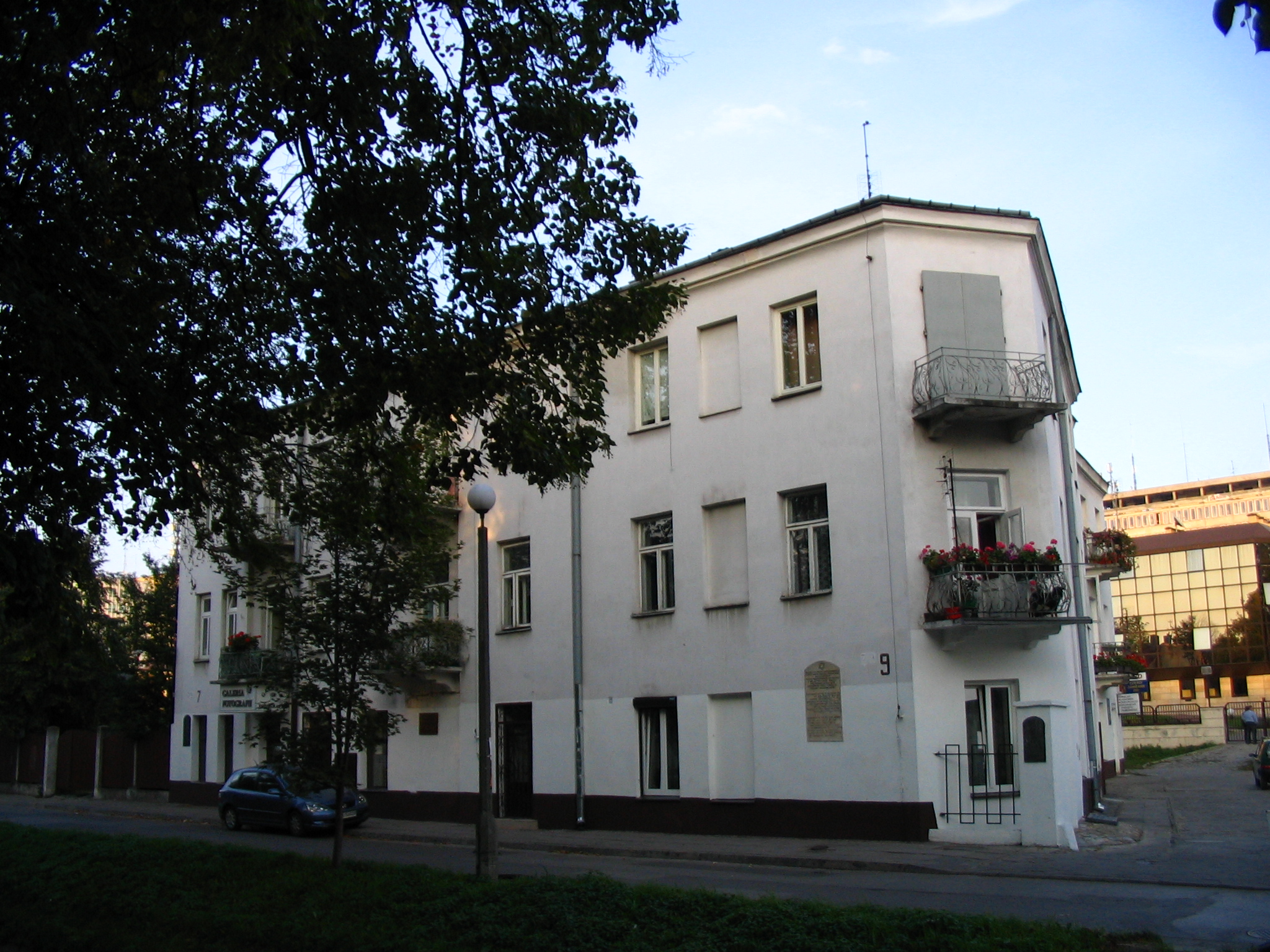Elizabeth (Sissi), Wife of Franz Joseph – Gödöllő castle
Fact of the Hungarian figure „Home of the Jagellos and the Habsburgs”
Part of the „Legacy of the Jagiellonians and Habsburgs dynasties” topic
Gödöllő Castle is intimately tied to the legacy of Empress Elisabeth of Austria, known affectionately as Sissi, wife of Emperor Franz Joseph I. The castle, gifted to Elisabeth by the Hungarian state in 1867 following her husband’s coronation as King of Hungary, became her beloved retreat. Sissi, known for her beauty and free spirit, fostered a close bond with Hungary and its people. Her affinity for the Hungarian culture, language, and aristocracy led her to spend much of her time at Gödöllő, away from the formal and controlled atmosphere of the Viennese court. This connection strengthened Hungarian loyalty to the Habsburg monarchy during a period when nationalist sentiments were increasingly on the rise across the Austro-Hungarian Empire.
Gödöllő Castle itself became a symbol of Hungarian royal identity within the Habsburg dynasty. Under Sissi’s influence, it was here that the Hungarian aristocracy gathered, and it served as a cultural hub where Hungarian customs and language were celebrated. Her presence at Gödöllő also softened the image of the Habsburgs, particularly among Hungarians who viewed Elisabeth as an advocate for their independence and culture within the empire. This connection to the Hungarian people endured after her tragic assassination in 1898, making Sissi a national icon symbolizing unity and the enduring friendship between Hungary and Austria.
The legacy of Sissi at Gödöllő Castle highlights the dual nature of the Habsburg rule: while often seen as foreign rulers, the dynasty fostered a distinct partnership with Hungary, exemplified by Elisabeth’s profound impact. Her time at Gödöllő illustrates the delicate balance of imperial authority and regional autonomy that characterized the Austro-Hungarian Empire, showing how personal alliances and cultural ties shaped the political landscape of Central Europe.
